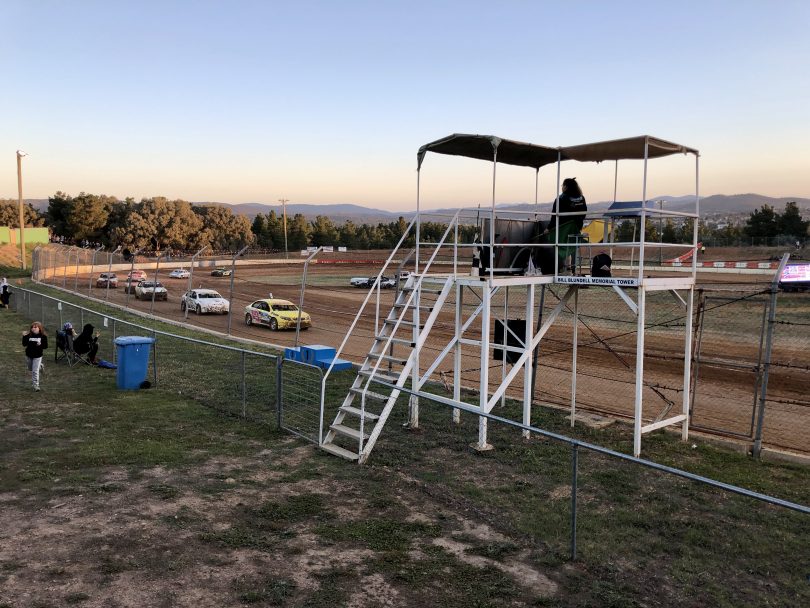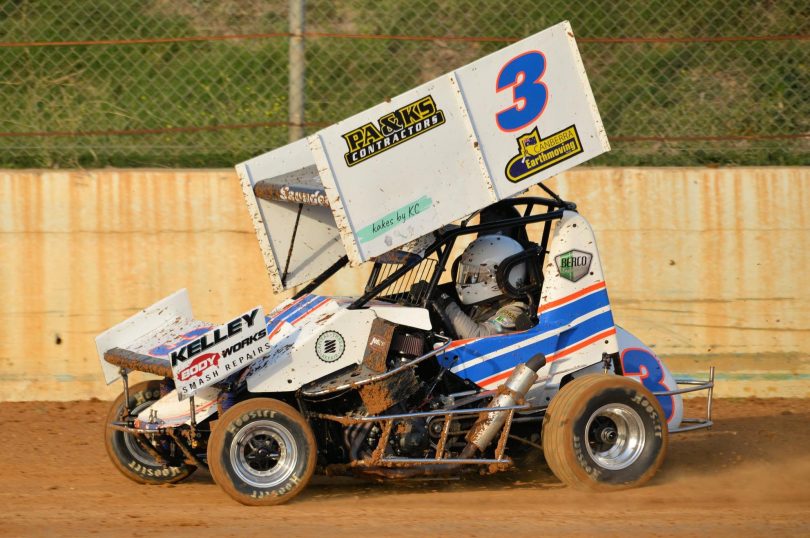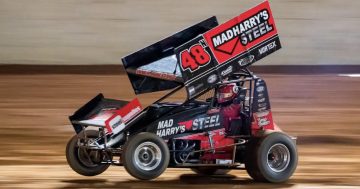
The ACT Speedway is currently hiring lighting booms for every event. Photo: James Coleman.
The future is looking bright at the ACT Speedway.
The 500-metre clay oval track, just off Pialligo Avenue, is managed by the National Capital Motorsports Club (NCMC) which has just won $180,000 from the ACT Government to invest in new LED trackside lighting.
“It’s a really big shot in the arm for us,” NCMC vice-president Murray Johnson says.
Speedway is the sport of driving as fast as possible around and around an oval-shaped dirt track, often in methanol-powered open wheelers with power-to-weight ratios up there with F1 cars.
The best racing is done after dark, when the sun isn’t overhead to cook all the moisture out of the clay. But this requires considerable lighting.
A previous government grant from more than 10 years ago gave the club the means to install electric and halogen lights around the track, but it took a meeting with Shane Rattenbury from the ACT Greens in 2020 for the first flag to drop on night-time races.
After a series of stringent noise tests, the speedway was allowed to operate events from 6 pm to 10 pm during daylight-saving months.
Mr Johnson says the events have gone “from strength to strength” ever since.
“Three or four years ago, we were scratching to get enough cars to come.”

A speedway track is best a bit damp. Photo: ACT Speedway.
Recent race meetings have attracted so many spectators from Canberra and beyond, the club has had to arrange shuttle buses to and from a public car park in nearby Queanbeyan.
The last event of the season in March starred sprintcars, which Mr Johnson describes as the “the F1 cars of speedway” – think 900-horsepower methanol-injected aluminium V8s bolted to 750-800 kg bodies. This drew a record 3000 people.
“The night was super successful,” he says.
“And on the Friday night before that meeting, we were doing a lot of work at the track when some people turned up to take a look. They had flown down from the Gold Coast especially for that meeting.”
The club made sure it highlighted this economic boost when asking the government for a slice of funding from the ACT Sport and Recreation’s annual Community Sport Facilities grants program.
At the moment, the club has to hire two additional floodlight booms and diesel generators to illuminate the pit lane area – where there are no lights – and other parts of the track where the existing halogen lighting is “outdated and dull”.
“Some of the drivers have commented that our track lighting is okay, but then they’ve gone to another track with really good LED lighting, and come back and said ours isn’t very good,” Mr Johnson says.
“But there are higher costs to hire the lights, and it’s a big inconvenience to set them all up and take them down again.”

Australian racer Ashley Hodak with a trophy from a 2020 event ACT Speedway. Photo: ACT Speedway, Facebook.
Mr Johnson says work has already begun to install the new lights before the flag drops on the next racing season on 2 November when drivers vie for the ACT Speedcar Title.
Thrilled to win the funding, the club is also in talks with the government about increasing the size of the parking area.
“That’s something we’ll work to expand over the next few years, so people can get more safely in and out of the venue.”
He hopes the combined effect of the works will build the ACT Speedway into a national fixture and attract thousands more people and dollars to the region.
Other recipients of the 2024 Community Sport Facility Program (CSFP) include Abilities Unlimited Australia (AUA) for the construction of a learn-to-ride accessible bike track ($425,000); Canberra Rowing Club for the redevelopment of its boat house ($200,000); the ACT Netball Association for the removal and replacement of its stadium roof ($226,751); and The Scout Association of Australia ACT Branch for a detailed masterplan of its Camp Cottermouth ($150,000).















